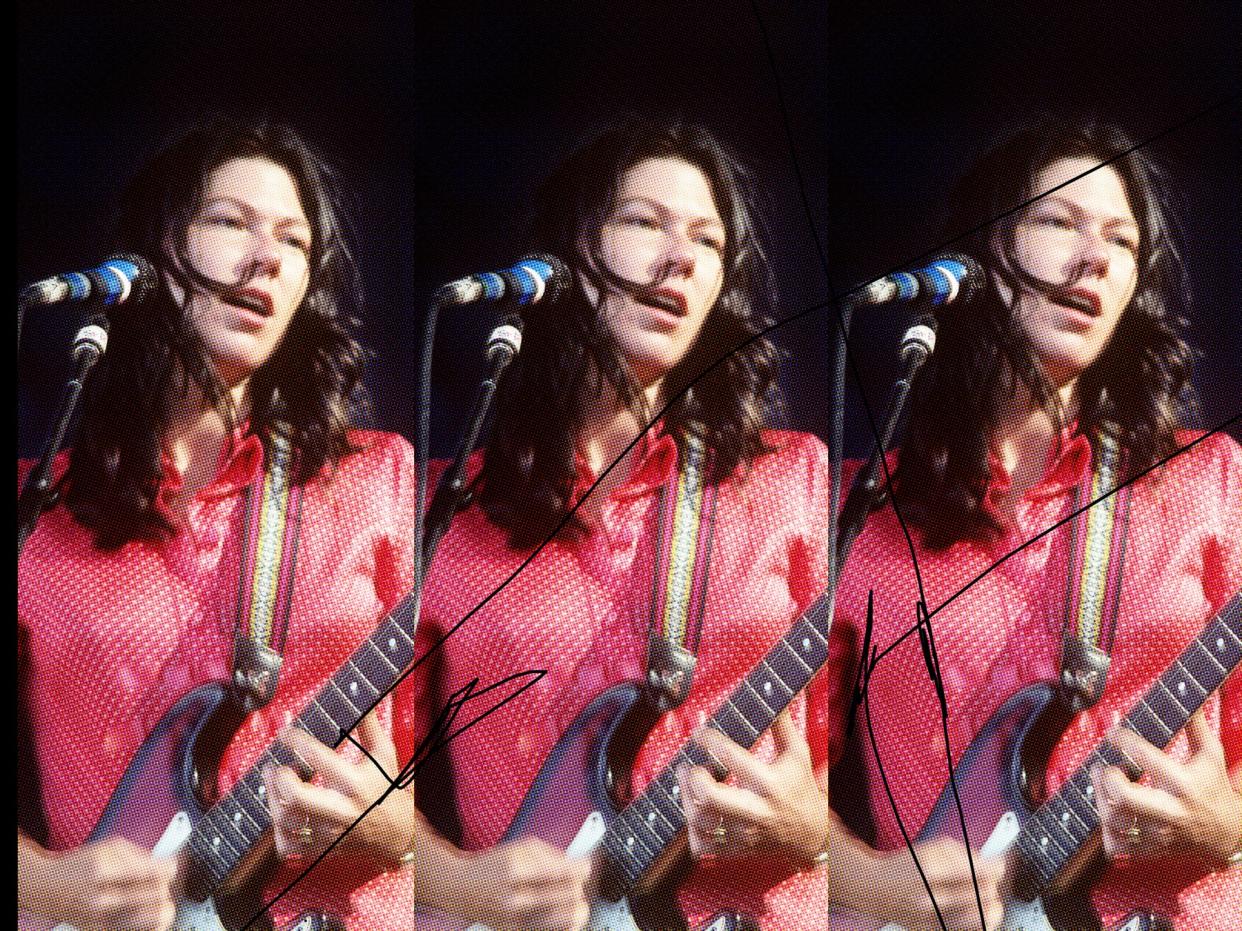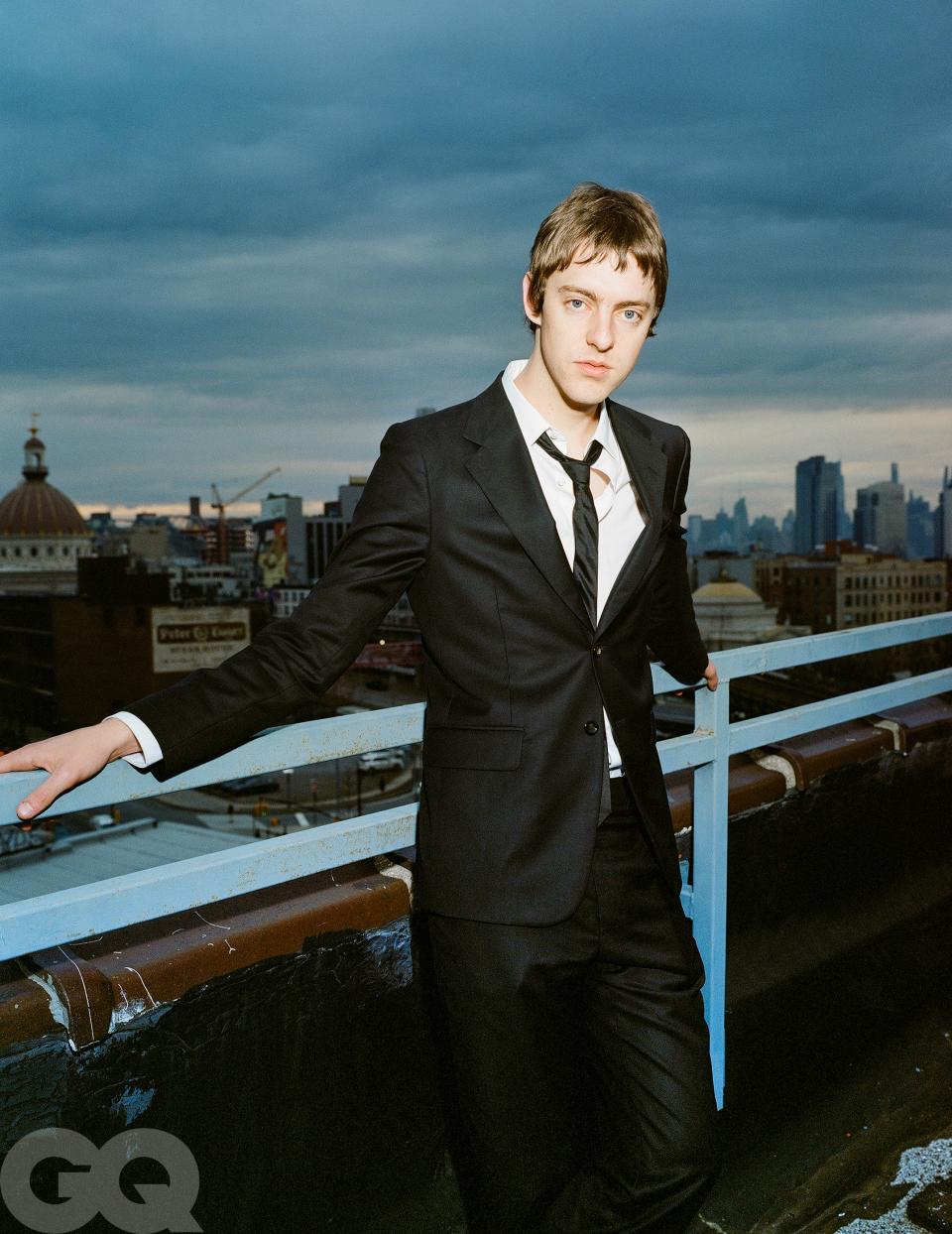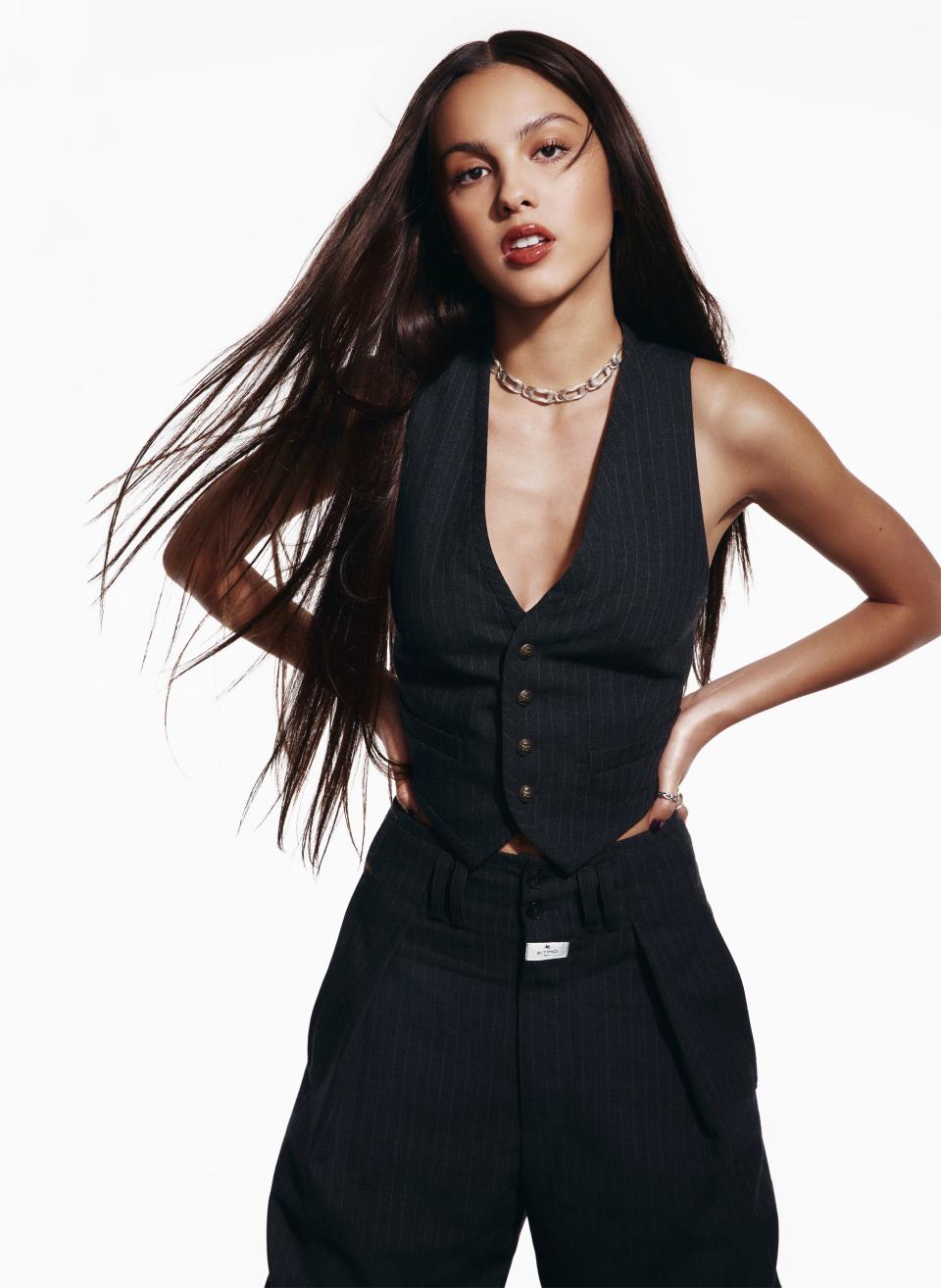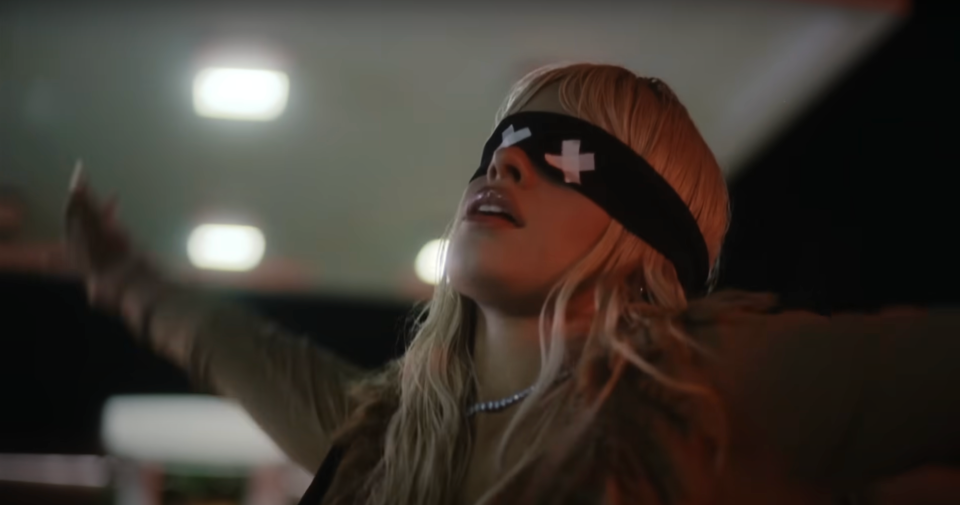The Indie Sleaze Revival Was a Mistake

- Oops!Something went wrong.Please try again later.
This is an edition of the newsletter Pulling Weeds With Chris Black, in which the columnist weighs in on hot topics in culture. Sign up here to get it in your inbox every Thursday.
Indie sleaze, mercifully, appears to be over. Those of us who lived through it the first time—before it had a name, when it was just whatever the so-called hipsters were up to in ‘00s-era Brooklyn—weren’t pining for the days of electroclash, gold-lamé American Apparel bodysuits, and stepped-on cocaine. But it made sense that a new generation of New York City transplants raised on Girls and legends of cheap rent in Williamsburg, and who were now writing about or dictating trends, would seize on the fantasy of carefree days spent drinking ice-cold Sparks and cranking Justice remixes. As one of the last youth cultures to arise before the advent of social media—though not blogs, where those Cobrasnake party photos that gave the scene its sleazy veneer first appeared—the hipster era was well primed for the 20-year nostalgia cycle. Add in the fact that a whole cohort of kids hit adulthood during the pandemic, and you can almost understand what got so many of them excited to hit up The Dare’s DJ sets at Home Sweet Home.
Harrison Patrick Smith was a substitute school teacher when he adopted the name The Dare and dropped the anthem of the indie sleaze revival, “Girls.” Now, he’s got a major label record deal and big plans to keep the party going: “Things have leveled up super quickly.”
In the middle of lockdown, a Disney star transformed, seemingly overnight, into the rarest kind of artist: a self-made global pop star adored by Gen Z, boomer music critics—and everyone in between.
Cabello's Playboi Carti-assisted new single is a Sparks-flashback-inducing shot of *Spring Breakers* hyperpop.
None of that makes electroclash good. Nostalgia is the last true guilty pleasure, derided as the final resort of aging people who lack the vision or energy to keep up with the new shit. But I would argue that not all nostalgia is bad—it’s just people’s taste that’s bad. If you’re yearning for the sound of Fischerspooner, that’s on you. Olivia Rodrigo, on the other hand, is doing it right. She’s a former Disney kid who found pop fame channeling Courtney Love and handpicked the Breeders as the openers on her current sold-out arena tour. The Breeders released their biggest hit, “Cannonball,” in 1993—10 years before Rodrigo was born. The singer isn’t using the ‘90s as a retreat from reality. She’s taking what remains radical about the alternative rock of that time—women’s unvarnished anger, humor, and solidarity—and infusing it into her modern pop music. And by introducing her audience to the Breeders, one of the most artistically adventurous of the breakout alt acts, she’s signaling her interest in pushing music forward, rather than rolling progress back.
Rodrigo is a 21-year-old rock star. She is, by definition, cool. What about those of us who are just revisiting the culture of our youth—what’s the value in that? Blur, Pulp, the Magnetic Fields, and Belle and Sebastian are all going on tour, and ticket prices are … very modern. When The Rolling Stones hit the road, Boomers charter jets and spend a small fortune on tickets. Pavement is releasing a box set of 18 7-inch records featuring every single they have ever released. Many people (me included) are paying $300 for vintage obscure hardcore band t-shirts. Can anything that’s getting music executives excited about Q2 profits—as opposed to a young woman bringing her heroes on tour—be cool?
Last week, the model, writer, presenter, and eternal it-girl Alexa Chung posted a page of scanned Polaroids that looked like they were from a very early casting call. Her caption read, “Hands up if you like Idlewild.” It was a specific reference to an underappreciated Scottish band that released a fantastic album called 100 Broken Windows in 2000. If you know who Chung is, you can almost certainly picture her at Coachella, dressed in peak 2010s-rock style, back when the festival was very much the place to see and be seen. Coachella, which returns this weekend, is no longer that. But Idlewild is still a great band. And so are Sunny Day Real Estate and The Cure, who I’m grateful to say you can still see live. Some art endures, and some doesn’t. The question is, do you know the difference?
Originally Appeared on GQ




